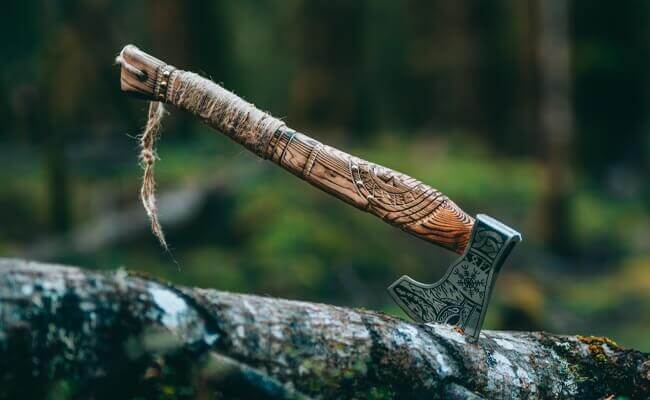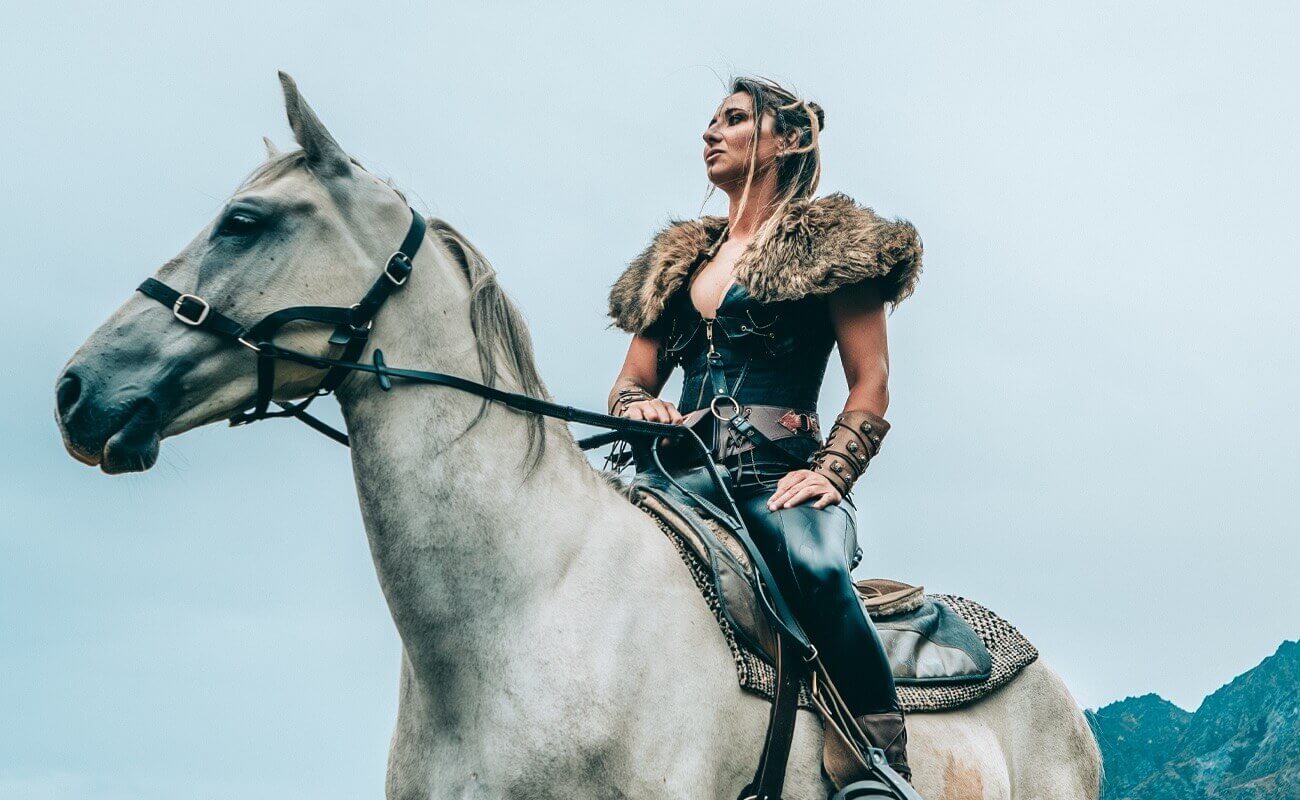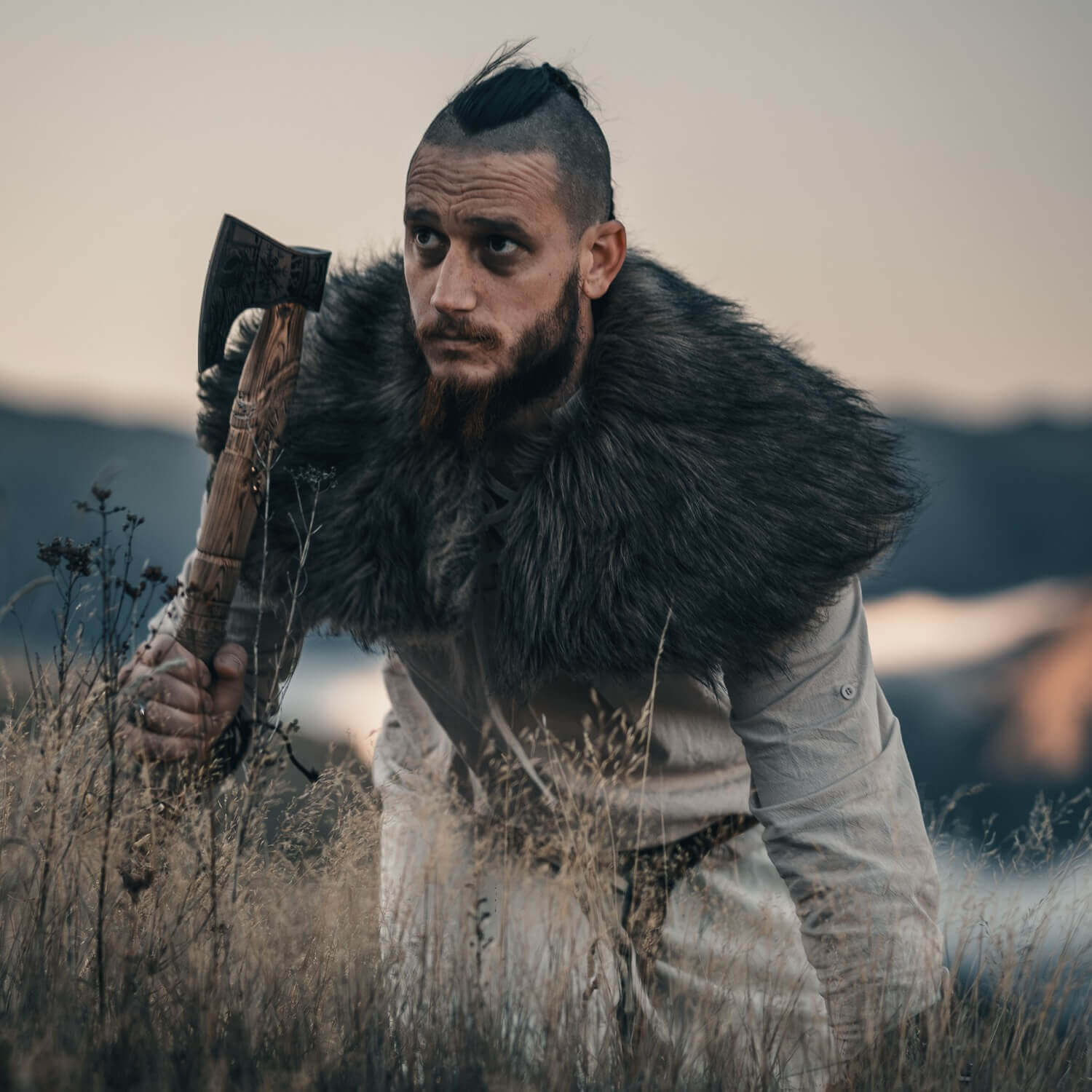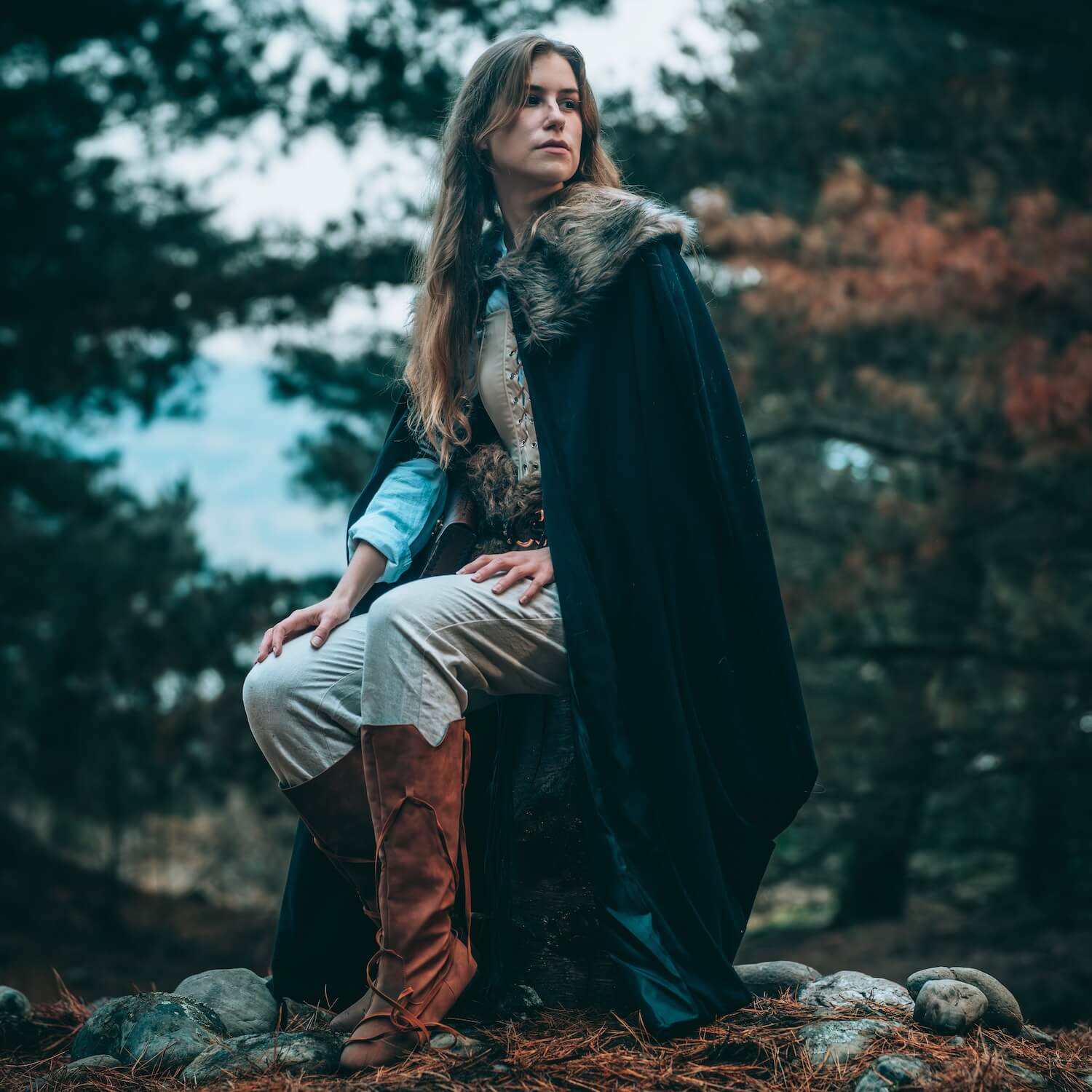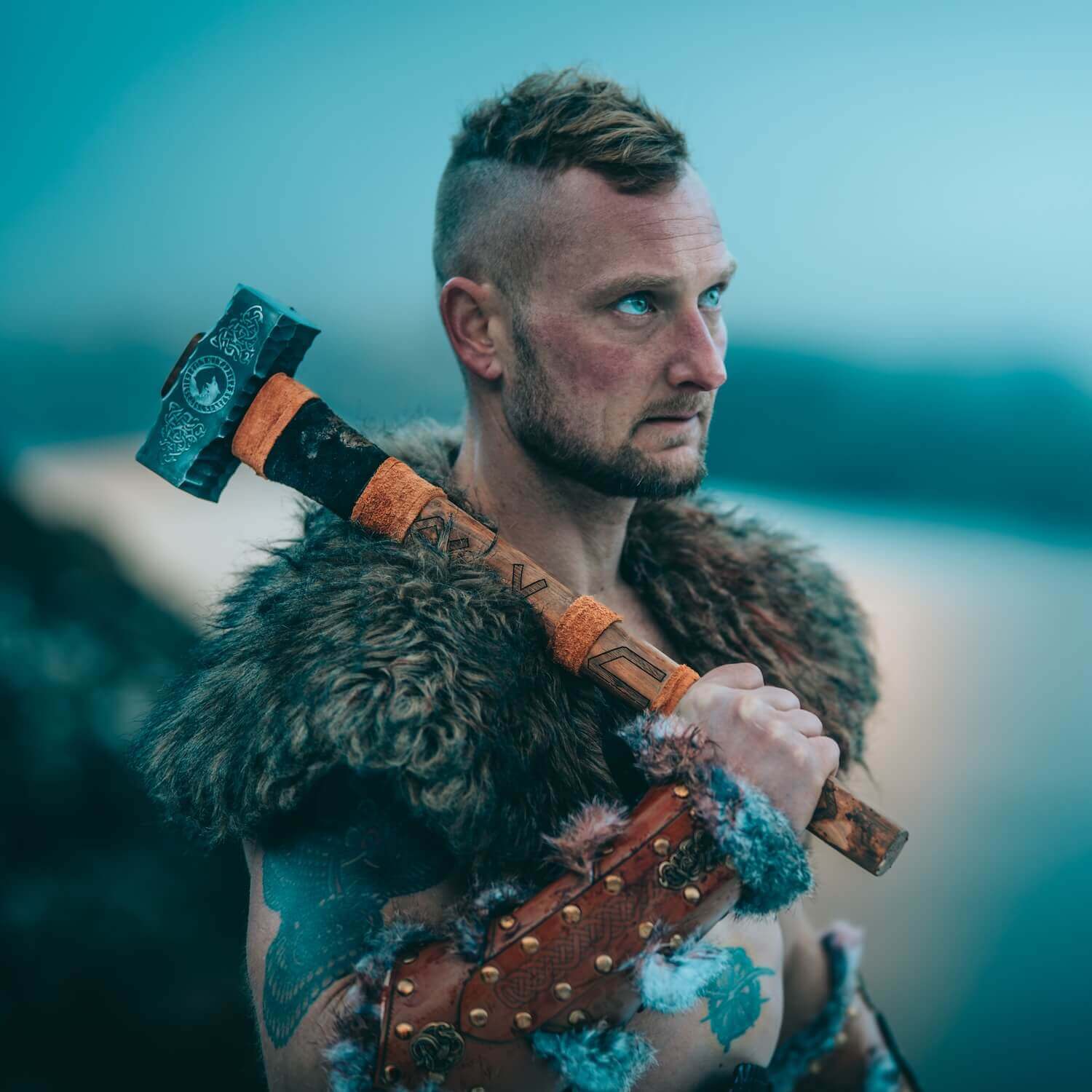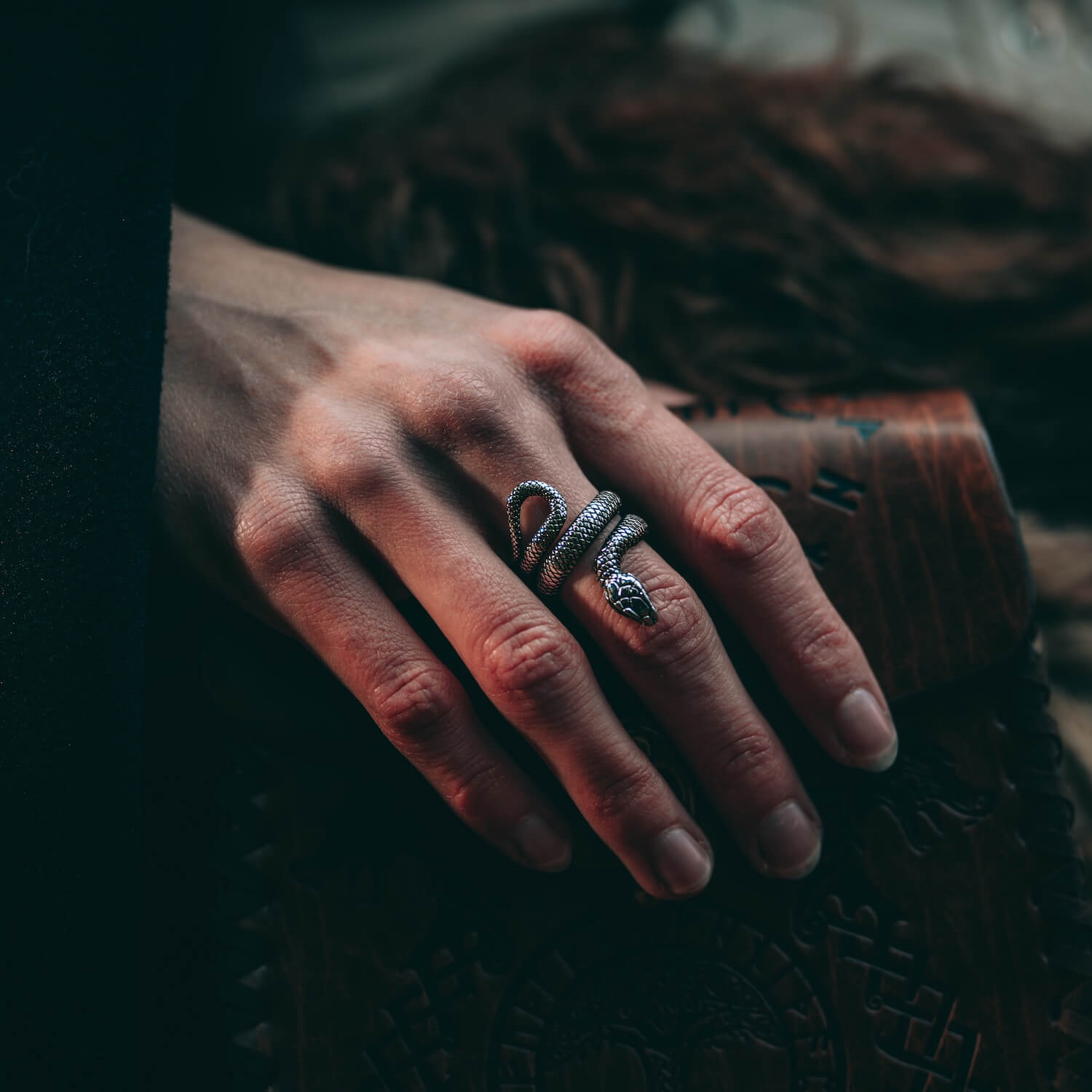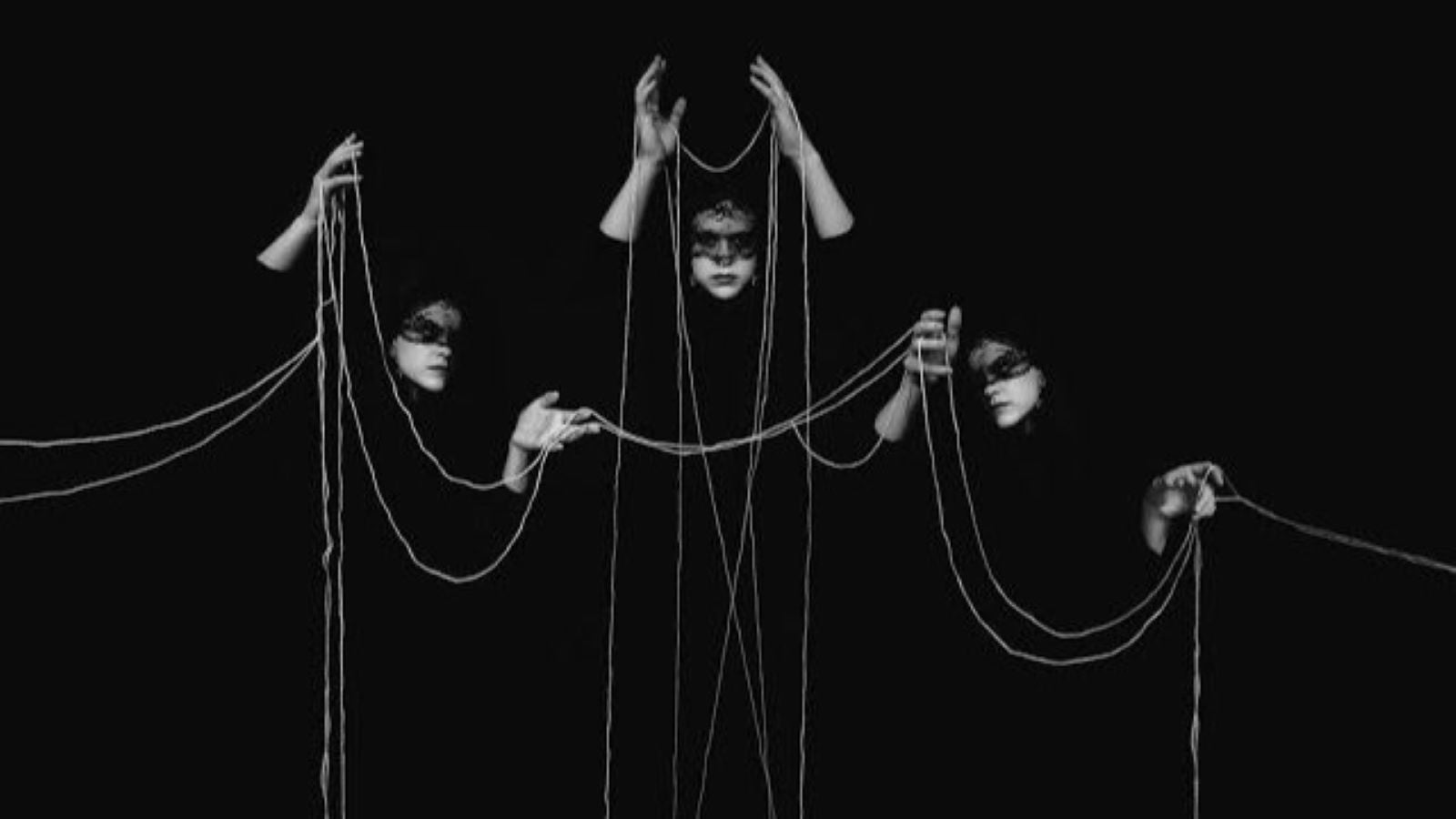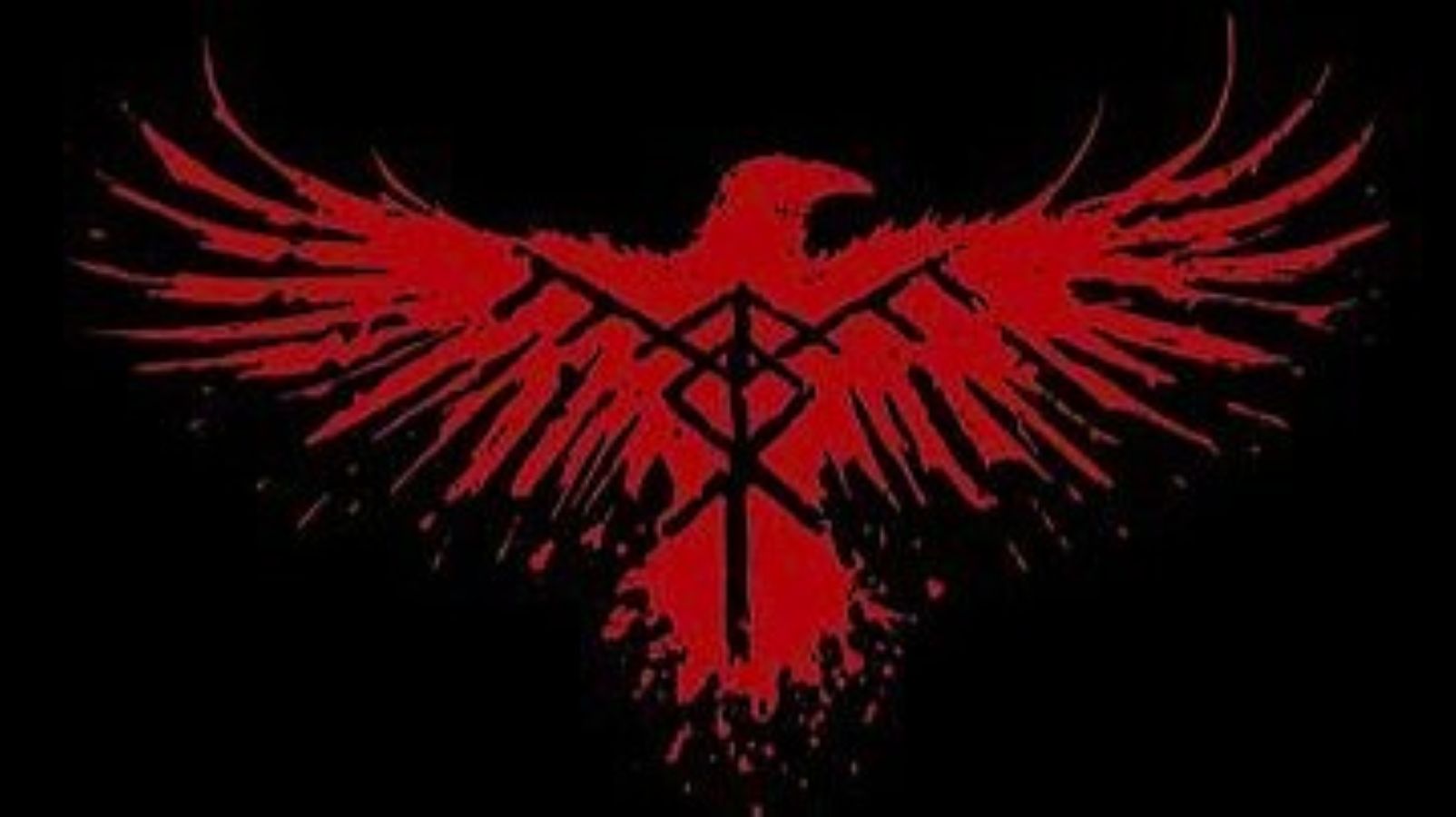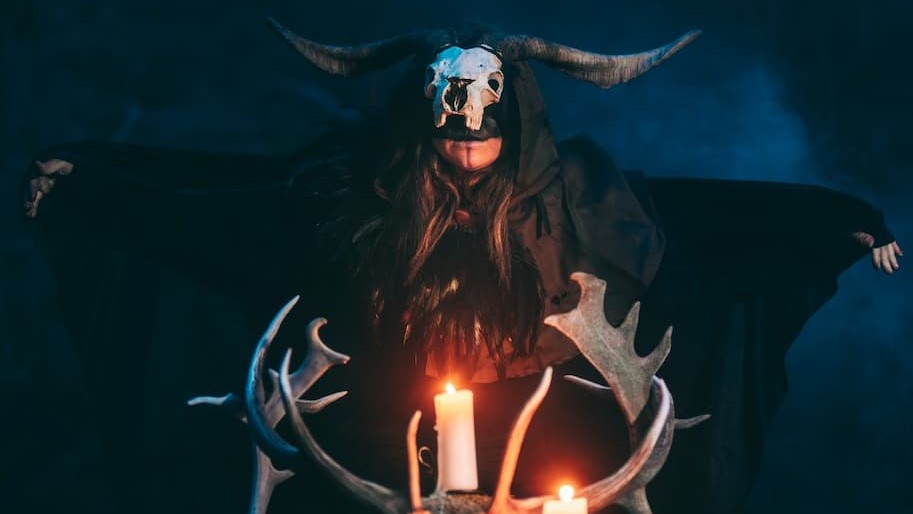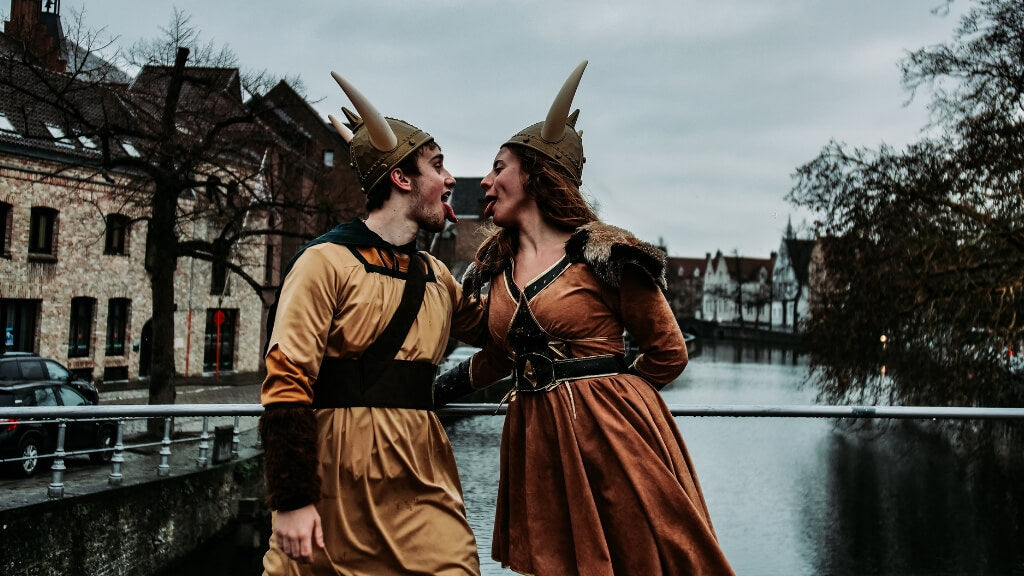
What the Vikings Wore — A Style Guide From the Time of the Norse
When it comes to Viking style there’s a lot that enters into consideration. In other articles, we’ve covered how to integrate Viking style into your day-to-day, but this article will cover what the men and women of Viking era Scandinavia wore in their daily lives. This is based on the fascinating book “Children of Ash and Elm” by Dr. Niel Price, an eminent professor of Viking Archaeology.
What Did Women Wear?
Much of what we know about what both women and men wore comes from two main sources in the archeological record: actual remains of clothing or adornment, and visual depictions such as carvings, sculpture, or other artistic mediums.
According to Dr. Price, while there is certainly variation, as with our culture today, generally speaking, most women of the Viking era had a few things in common. Regardless of social status or wealth, women of the age wore what was called a “shift”, a long dress made of either wool or linen that reached about to the ankles.
This dress had a vertical slit extending from the collar that would have been held together by a brooch. Dr. Price explains that, depending on wealth, many different materials would have been used for this fastener, and archaeologists have found examples made of lead, gold, and other metals.
If a woman had a bit more money to throw around, it was common to wear another item of clothing over that, which Price describes as being “Apron-Like”. This was fastened with another set of brooches in an oval shape which has become, in the community of Viking Archaeology, a key indicator that whoever was in possession of the brooch was a female.
While other examples of yet another dress layer have been found, the examples above are what are most common, coupled with a kind of headscarf or cap, and sometimes, when money permitted, paired with a simple metal circlet to keep the head covering in place.
What Did Men Wear?
The men of the Viking age wore, understandably, similarly woven clothing. A linen, or wool undershirt when available, coupled with an overshirt or tunic, longsleeved, with a high, embroidered neckline, and a slight flare below where a belt would have been.
Trousers were typical of the Iron Age and “cut tight to the leg”, with a looser waistline, allowing for the wearing of a belt. The popular depiction of Viking men wearing leg wrappings or puttees is also accurate of looser cut trousers.
Topping all of this off, according to both the grave record and period visitors to Scandanavia from the middle-east, was a cloak. This would have likely also been made of wool, a material that stays warm even when wet, and was worn over only one side, likely one shoulder, leaving one arm exposed.
Adornment
Both men and women wore jewelry, armbands, rings, necklaces, and such things not just for fashion, but as a statement of status. Those that couldn’t afford such niceties had their own decor, however.
Replete in archaeological findings are examples of carved and engraved buttons, evidence of embroidery, and specific types of weaving to create different patterns and textures for the clothes.
Dr. Price notes as well that there have never been any pockets found in Viking clothing, suggesting that the use of pouches, bags, satchels, and the like must have been common. Though very utile in design, Viking’s were not without a sense of style, and it’s fascinating to see what was important in the world of their clothing.

